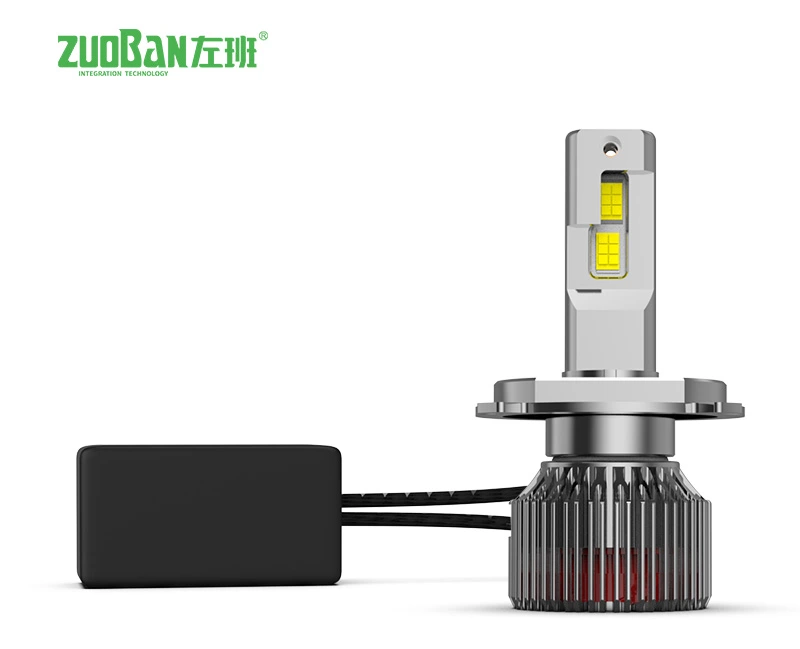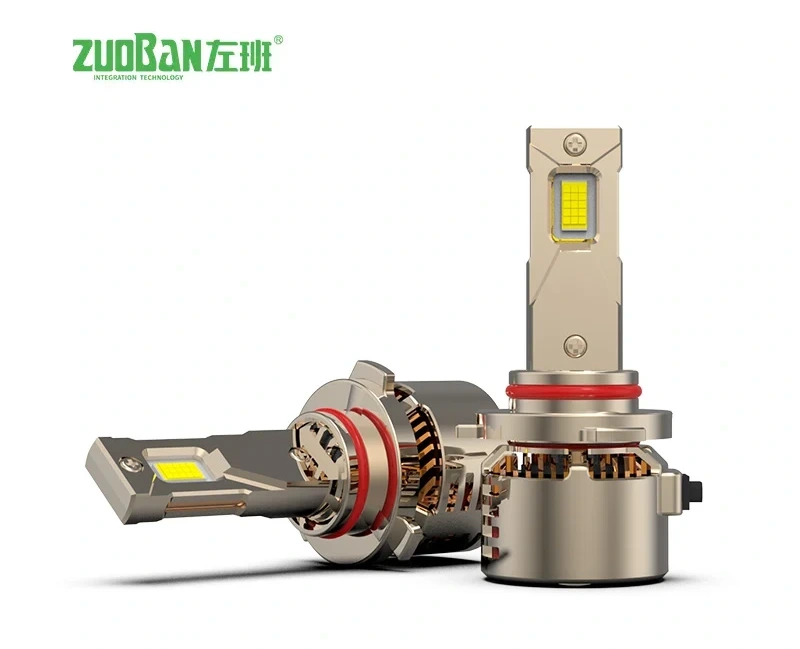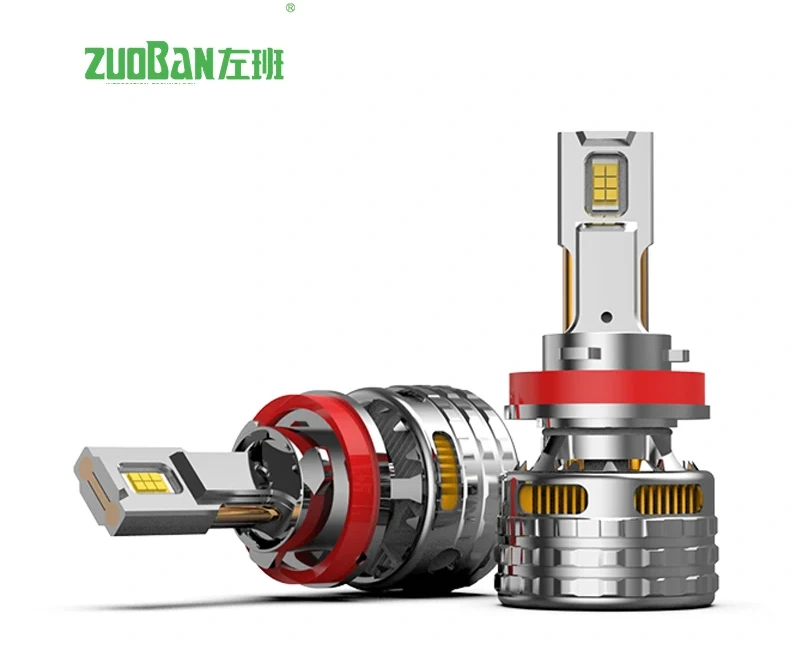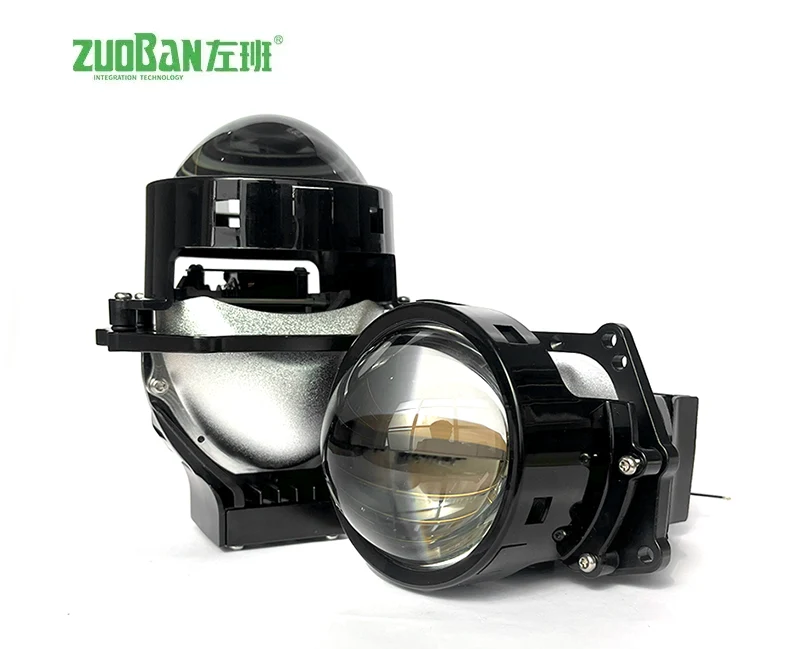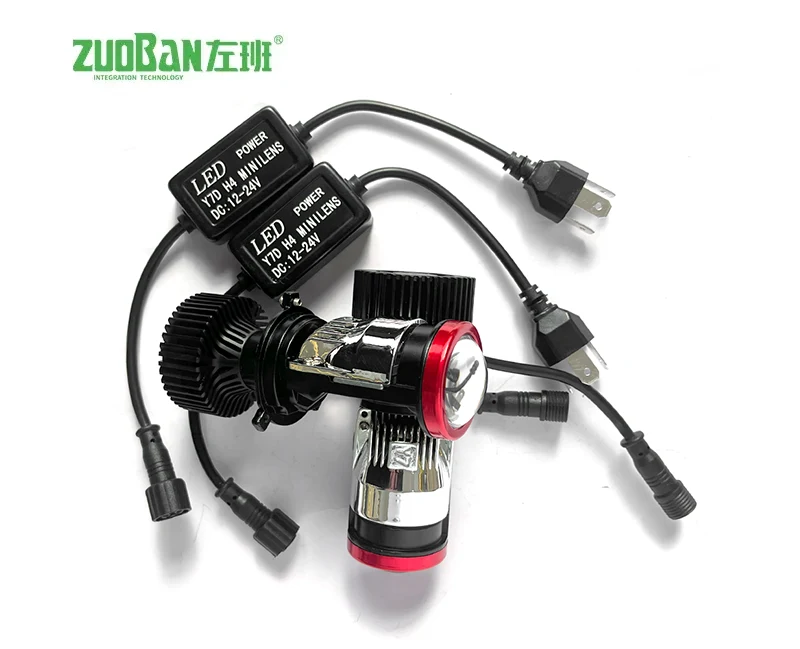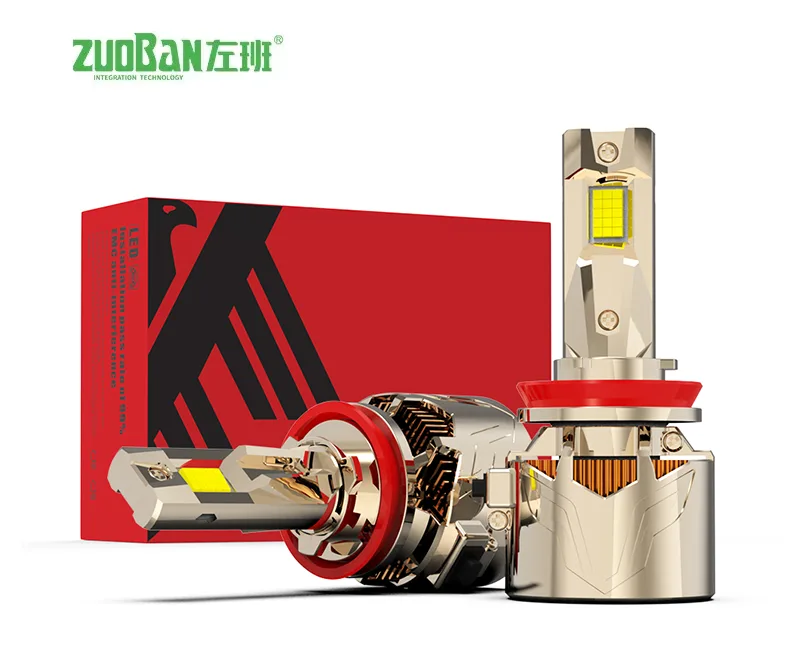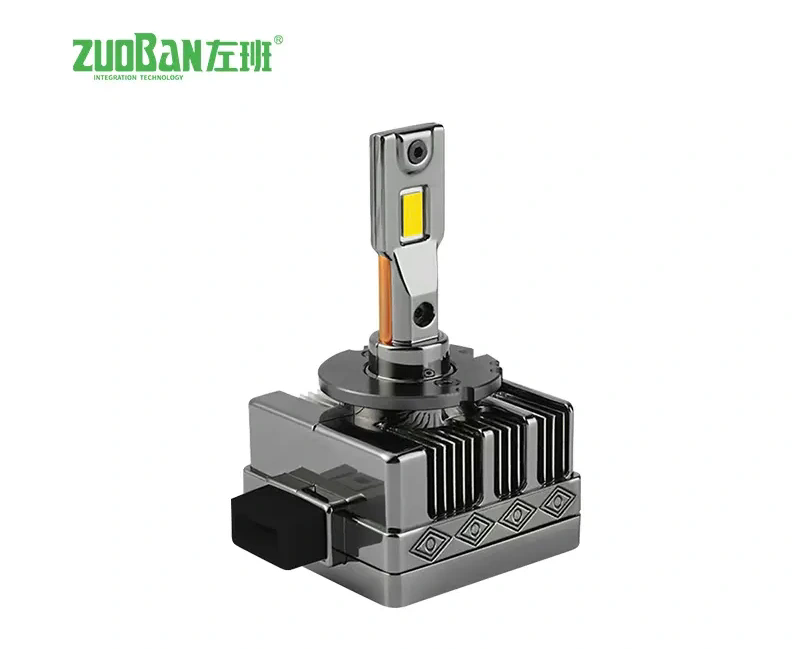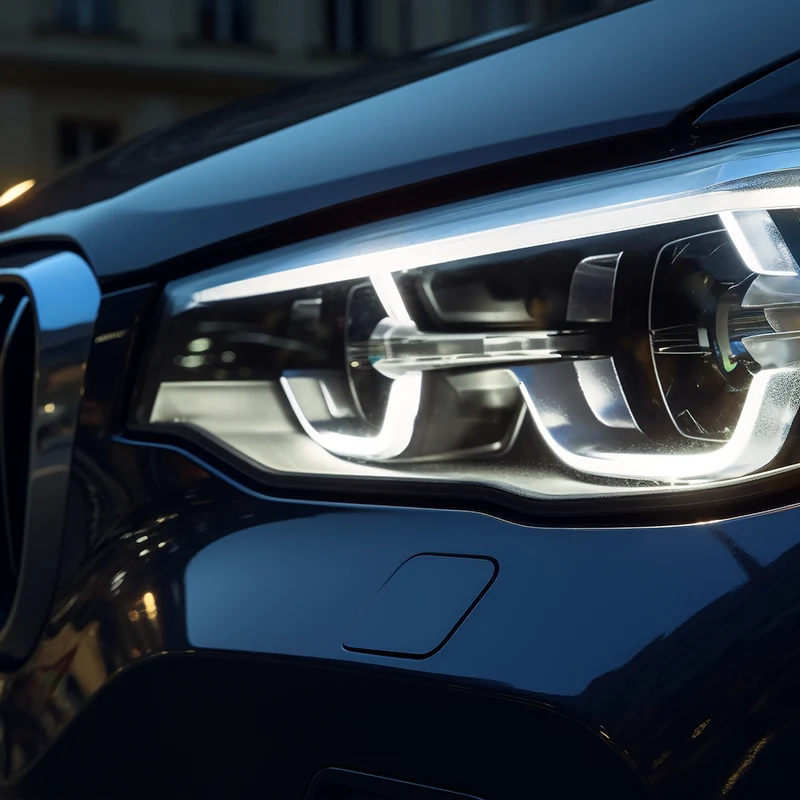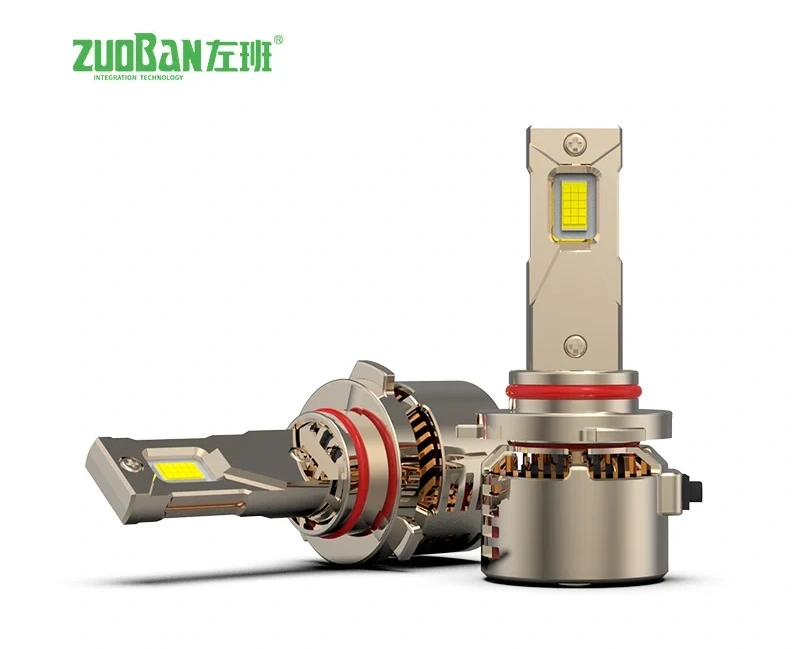How to choose the right headlights bulb for your car?
In the realm of automotive accessories and safety features, choosing the appropriate headlights for your vehicle is a crucial decision. It not only affects your driving visibility but also contributes to road safety. With the progress of technology, headlights have evolved from simple halogen bulbs to sophisticated LED and laser-powered systems, offering a plethora of options to suit different driving needs and styles. This comprehensive guide will take you through the essential factors to consider when selecting automotive headlights, ensuring that you make an informed decision.
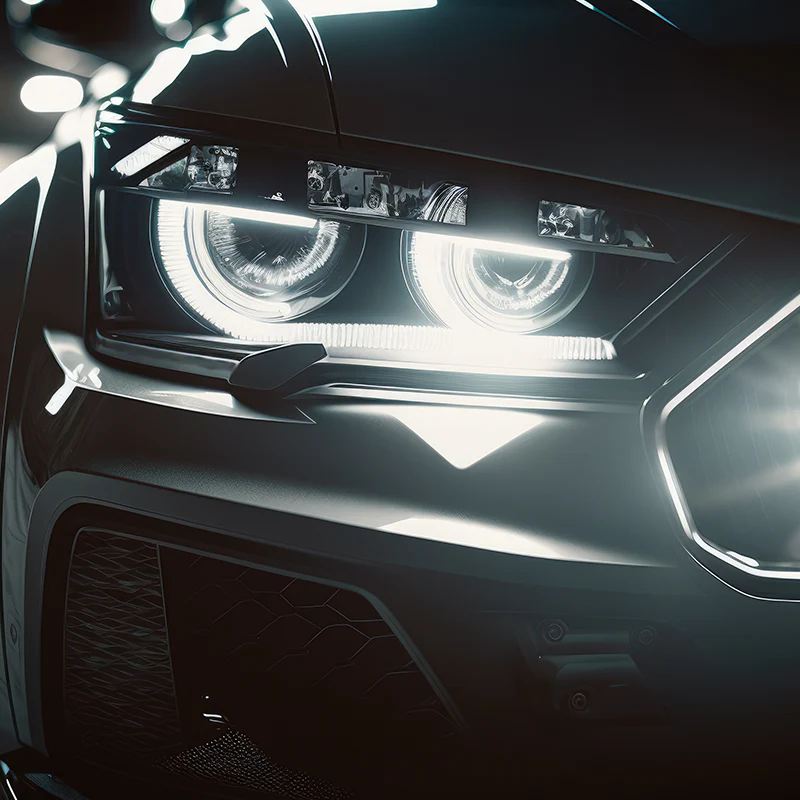
1.Understanding the Types of Headlights
Halogen Headlights:
The most common and traditional form is halogen headlights, which use a tungsten filament enclosed in a quartz capsule filled with halogen gas. They are affordable and widely used, but their light output and energy efficiency pale in comparison with newer technologies.
HID (High-Intensity Discharge) Xenon Headlights:
The HID system, also known as xenon headlights, generates a brighter and whiter light by ionizing a gas mixture inside a sealed tube. They offer superior illumination and visibility, especially in low-light conditions, but can be more expensive and require a ballast to operate.
LED (Light Emitting Diode) Headlights:
LED headlights are becoming increasingly popular due to their high energy efficiency, long lifespan, and instant light output. They emit a clear, directional beam that improves visibility without dazzling oncoming drivers. However, the initial cost may be higher than that of traditional headlights.
Laser Headlights:
As the latest innovation in the field of automotive lighting, laser headlights use laser diodes to generate a concentrated beam, which is then converted into a visible light pattern through a fluorescent converter. They provide the brightest and most concentrated illumination, but due to their complexity and cost, they are currently only used in high-end vehicles.
2.Evaluating Brightness and Color TemperatureBrightness
Brightness is measured in lumens, and color temperature is expressed in Kelvin (K), which are two key factors to consider. The higher the lumen value, the brighter the headlights will be; while the color temperature determines the hue of the light. Warmer hues (around 3000K) are similar to traditional halogen lights, and cooler tones (6000K and above) can provide a clear blue-white light that improves visibility. However, overly blue light may cause glare to other road users, so it is essential to find a balance.
3.Beam Pattern and Adjustability
The beam pattern of headlights has a significant impact on visibility and safety. Modern headlights usually feature adaptive or dynamic beam control functions that can automatically adjust the light distribution according to driving conditions and the presence of other vehicles, thereby reducing glare. In addition, some headlights allow for manual adjustment of the beam height and spread
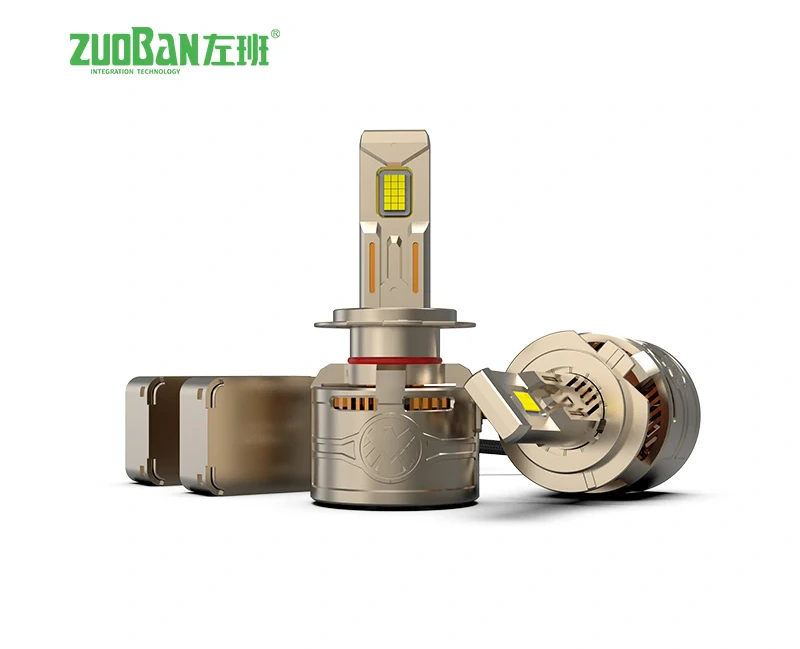
4. Durability and Maintenance
LED and laser headlights generally have longer service lives than halogen and high-intensity discharge (HID) systems, thus reducing the need for frequent replacements. However, even the most durable headlights require occasional cleaning to maintain optimal performance. When making a choice, please consider the convenience of maintenance and the availability of replacement parts.
5.Compatibility and Laws
Before considering upgrading your headlights, make sure they are compatible with your vehicle's electrical system and comply with local laws and regulations. Some jurisdictions have strict regulations regarding brightness, color, and even the types of headlights that can be used. Violating these regulations may result in fines or even the impoundment of your vehicle.
6.Cost and Value
Although upgrading to LED or laser headlights may seem costly initially, their energy efficiency, long service life, and improved visibility can justify the investment.
- What Makes a Fog Lamp Essential for Modern Vehicles?
- Why Are Car LED Headlights the Future of Automotive Lighting?
- How Does the External Driver Series LED Headlight Redefine Automotive Lighting Performance?
- Why Should You Choose LED Headlight For Upgrading HID Xenon Bulbs?
- Why Are Car LED Headlights the Ideal Choice for Modern Vehicles?
- Mini LED Car Lamp Market Grows with Enhanced Features, Lighting Quality, and Safety


